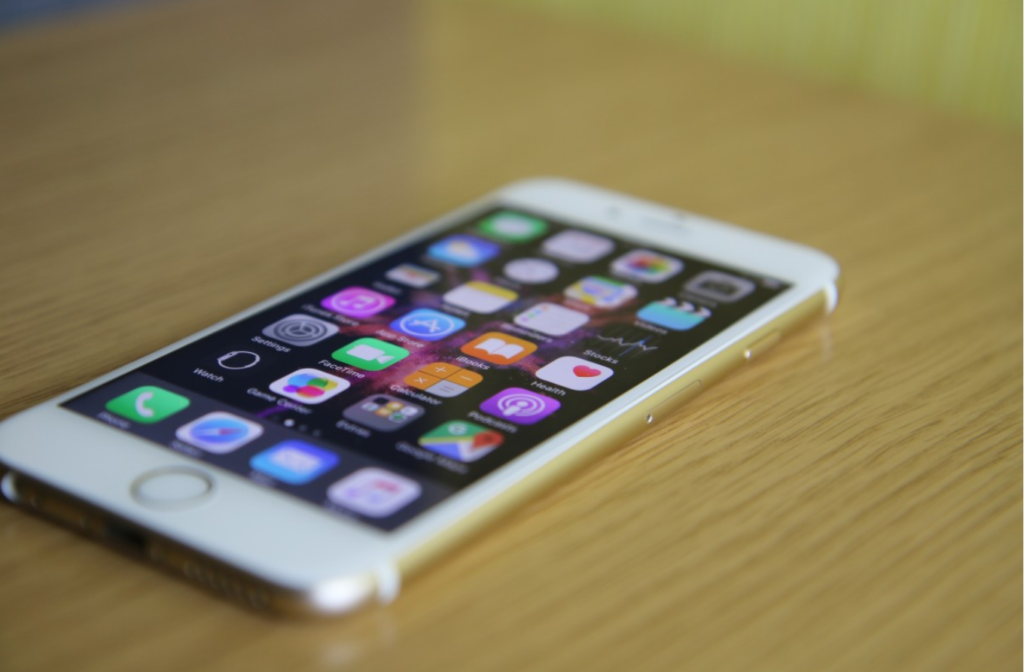WASHINGTON—The Supreme Court ruled against Apple Inc. on May 13, green-lighting a class-action lawsuit against the company that litigants accuse of illegally monopolizing the market for iPhone software applications and forcing consumers to overpay.
The justices ruled that consumers were entitled to their day in court but didn’t express an opinion on the merits of the antitrust lawsuit itself.
The ruling already is sending send shock waves through Silicon Valley and the world of electronic commerce.
On the day of the decision, shares in the Cupertino, California-based tech giant fell almost 6 percent by the close of the market to $185.72, sliding $11.46.
In oral arguments on Nov. 26, 2018, the company and the Trump administration took the position that iPhone owners lacked legal standing to sue under federal antitrust laws, on the theory that they are purchasing apps directly from developers, with Apple acting merely as the developers’ agent.
In Apple’s unique marketplace, the App Store, iPhone users are only allowed to purchase approved apps that use the company’s operating system known as iOS. Users cannot purchase apps elsewhere. Apple charges a 30-percent commission to developers. The company’s App Store brought Apple about $11 billion in commissions in 2017 and developers a reported $26 billion.
No other “e-commerce distributor … does what it does,” lawyer David C. Frederick told the court on behalf of lead plaintiff Robert Pepper of Chicago and other consumers during oral arguments. “In every other instance … there is an alternative to buying the product.”
Conservative Justice Brett Kavanaugh wrote the majority opinion in Apple Inc. v. Pepper, which was joined by liberal Justices Ruth Bader Ginsburg, Stephen Breyer, and Elena Kagan.
“Apple’s theory would provide a roadmap for monopolistic retailers to structure transactions with manufacturers or suppliers so as to evade antitrust claims by consumers and thereby thwart effective antitrust enforcement,” Kavanaugh wrote.
Justice Neil Gorsuch filed a dissent in which Chief Justice John Roberts and Justices Clarence Thomas and Samuel Alito joined.
The decision is “not how antitrust law is supposed to work” because it goes against a previous ruling of the court known as Illinois Brick Co. v Illinois (1977), Gorsuch wrote.
In the Illinois Brick case, the Supreme Court set limits on damages for anti-competitive behavior to those who were directly overcharged, as opposed to those who paid overcharges that were passed on to them.
But Kavanaugh wrote that the court’s ruling didn’t conflict with Illinois Brick, reasoning that the claim against Apple was that of a “monopolistic retailer … [which has] used its monopoly to overcharge consumers.”
The 42-year-old precedent was “not a get-out-of-court-free card for monopolistic retailers,” he wrote, alluding to the board game Monopoly. The fact that app buyers were direct purchasers doesn’t bar the action from proceeding, he wrote, affirming a decision rendered by the 9th Circuit Court of Appeals.
This article by Matthew Vadum appeared May 13, 2019, in The Epoch Times.

